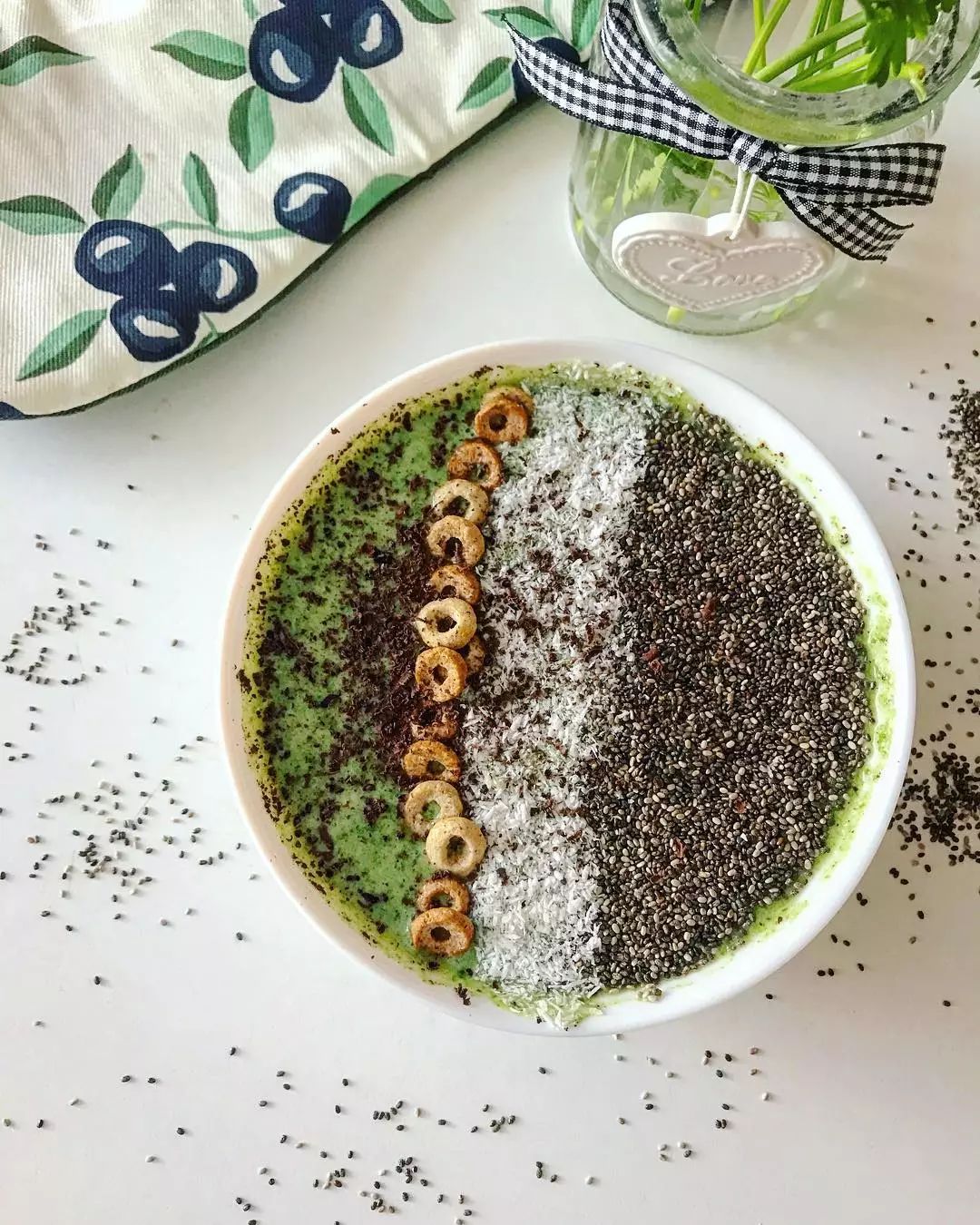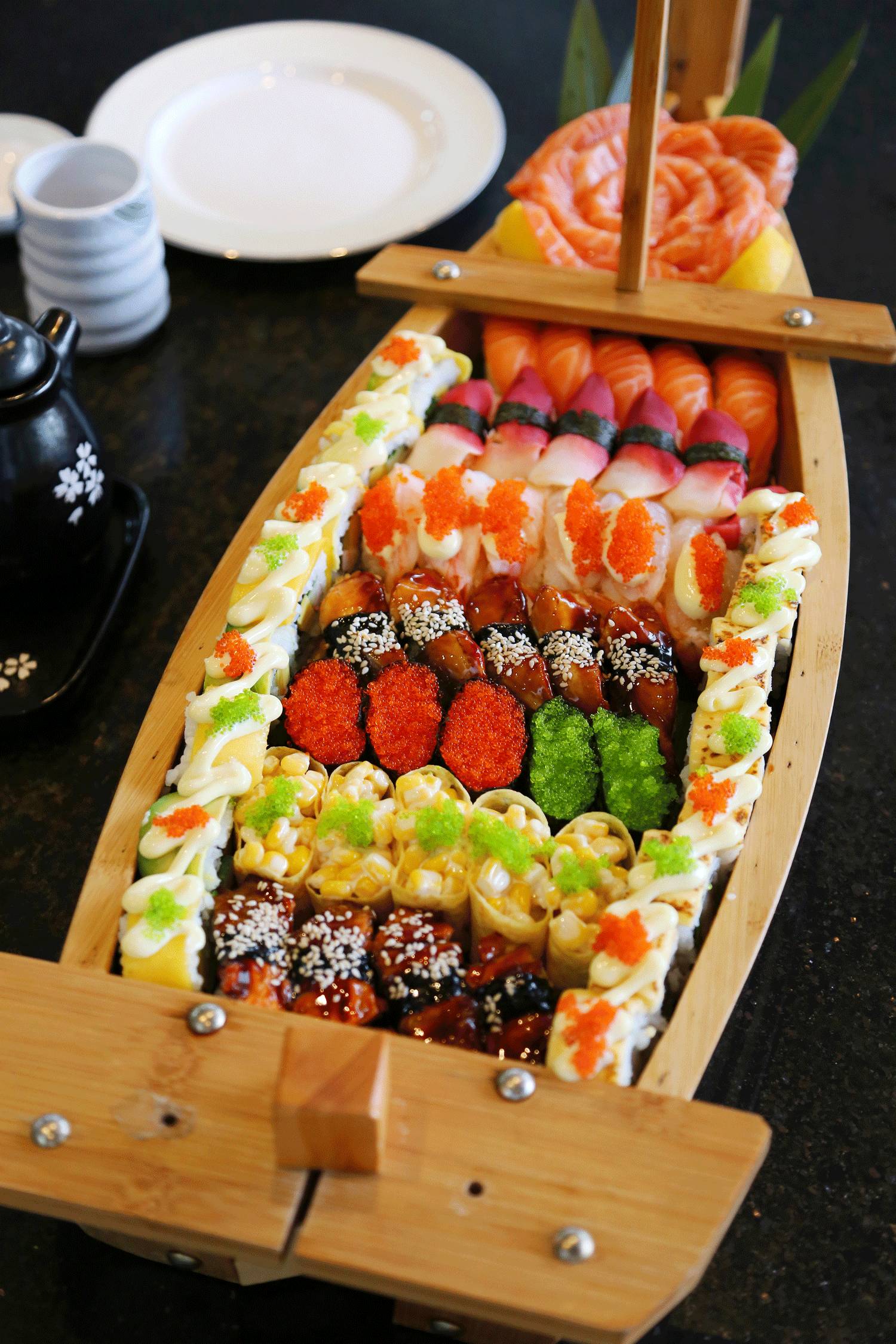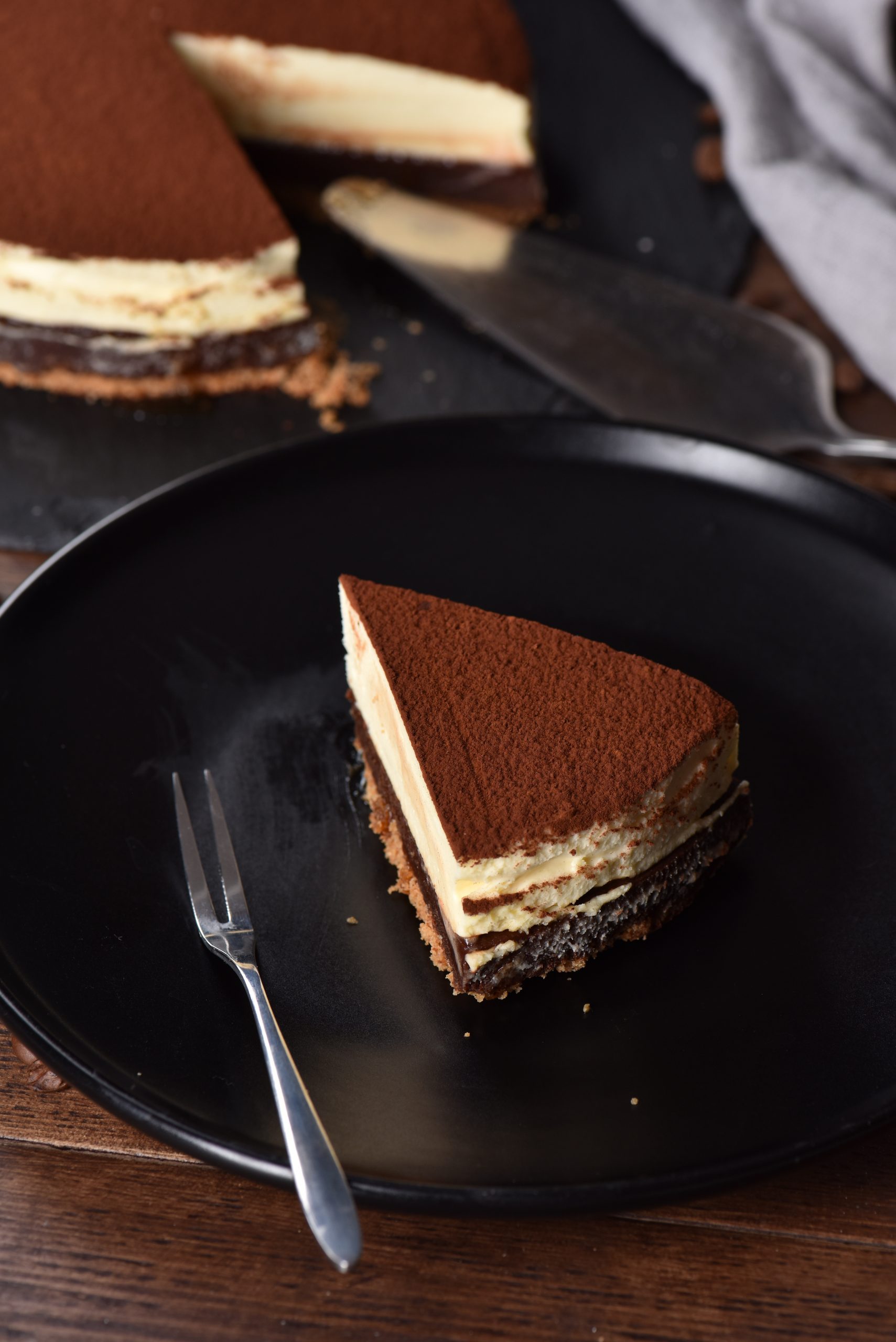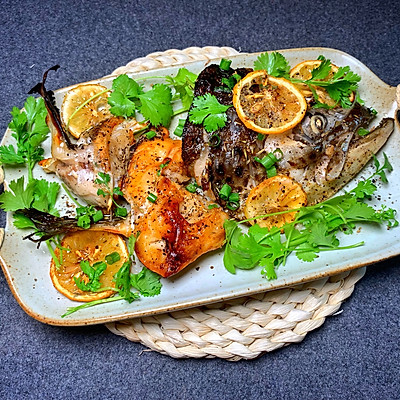Mohinga is a cherished Burmese noodle soup, traditionally savored at breakfast, but just as delicious for lunch or dinner. Its flavorful fish broth, infused with spices, paired with rice vermicelli and topped with boiled egg, is an awesome introduction to Myanmar’s culinary heritage.
In the vast realm of Southeast Asian cuisine, Mohinga holds a special place for the Burmese. Think of it as Myanmar’s answer to the morning ritual, akin to how others crave a coffee or a croissant. This noodle soup, often considered Myanmar’s unofficial national dish, is more than just a meal; it’s a cultural symbol.
Now, don’t be fooled by it’s place as a morning dish in Burma – it is the perfect comfort food for any time of day. Lunch? Yup. Dinner? Hell yeah!
The foundation of Mohinga is its awesome fish broth. Slow-cooked with ingredients like lemongrass, garlic, and ginger, the broth develops a depth of flavor that’s robust and soul-warming at the same time. Thin rice noodles, slightly slippery and soft, are then submerged into this broth, absorbing its essence.
But the beauty of Mohinga lies in the many ways it can be served. Across Myanmar, from the bustling streets of Yangon to the quiet corners of Bagan, you’ll find countless variations. Some feature slices of tender fish, while others might add boiled eggs or crispy fritters, providing crunch and substance. Fresh cilantro, chopped onions, or lime wedges are almost always the finishing touch, offering bursts of freshness.
No matter where you encounter Mohinga, its essence remains the same – a comforting bowl of delicious soup.
How to make Mohinga at home:Ingredients Preparation:
Prepare all your ingredients: Measure out the spices, clean the fish fillets, halve the hard-boiled eggs, and have your rice vermicelli noodles ready. It’s always helpful to set everything out before diving into the cooking process.
Broth Preparation:
Starting the broth: In a large pot, place the fish head along with the bruised lemongrass, bashed garlic cloves, quartered red onion, and ground turmeric.
Simmering: Pour in cold water, ensuring the fish head is fully submerged. Bring the contents to a boil. As the broth boils, skim off any impurities that rise to the surface. Reduce the heat to a low setting and let it simmer gently for 20 minutes.
Straining and Cooking Fillets: After the initial simmer, strain the broth to remove solids and return the clear broth to the pot. On a gentle heat, immerse the catfish fillets into the broth. Allow them to cook for about 15-20 minutes or until fully cooked through.Flaking the Fillets: Once cooked, remove the fillets from the broth. Using forks, gently flake the fillets into sizable chunks. Keep them aside for later. Ensure your broth stays on a low heat during this time.
Spice Paste Preparation:
Creating the Spice Base: In a mortar (or food processor for ease), combine the finely sliced lemongrass, red chilis, rough-chopped red onion, diced garlic, and sliced ginger. Grind these ingredients until you achieve a smooth paste.
Cooking the Paste: Heat the grape seed oil in a separate saucepan. Introduce the freshly made paste into the hot oil and sauté it for about 20 minutes. Don’t be alarmed by the amount of oil; it will integrate well.
Adding in the Remaining Ingredients: Stir in the shrimp paste, ground turmeric, and sweet paprika to the sautéed paste. Follow this with the previously flaked fish, ensuring you mix gently to keep the fish in chunks. Let this mixture cook on a low flame for an added 5 minutes.
Finalizing the Broth:
Merging Broth and Paste: Return to your pot of simmering broth and carefully mix in the sautéed fish mixture.











